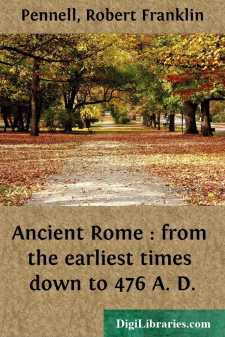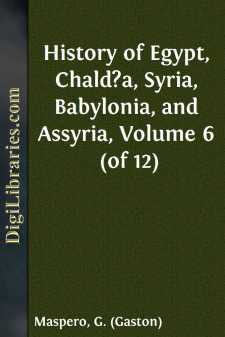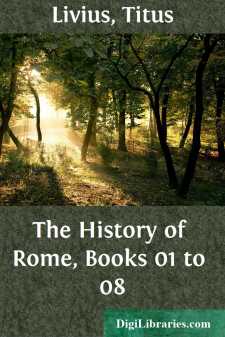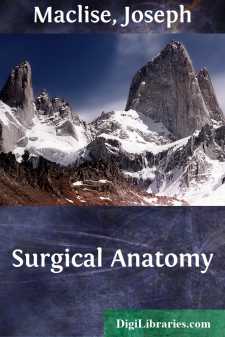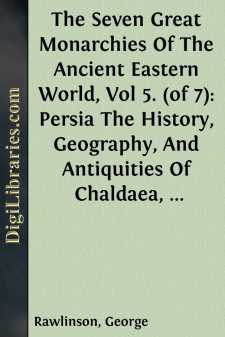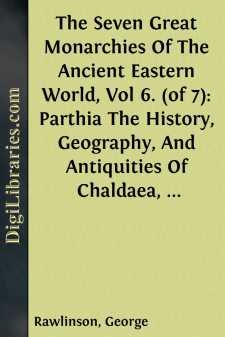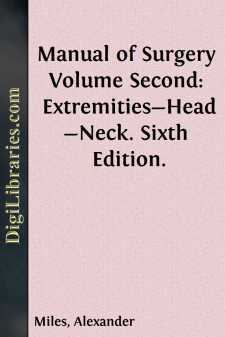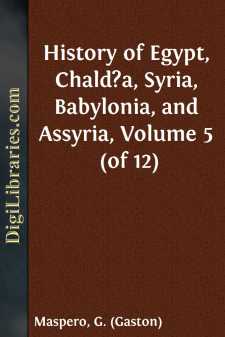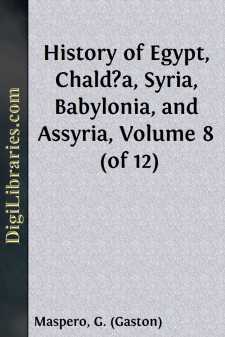Categories
- Antiques & Collectibles 13
- Architecture 36
- Art 48
- Bibles 22
- Biography & Autobiography 813
- Body, Mind & Spirit 142
- Business & Economics 28
- Children's Books 17
- Children's Fiction 14
- Computers 4
- Cooking 94
- Crafts & Hobbies 4
- Drama 346
- Education 46
- Family & Relationships 57
- Fiction 11829
- Games 19
- Gardening 17
- Health & Fitness 34
- History 1377
- House & Home 1
- Humor 147
- Juvenile Fiction 1873
- Juvenile Nonfiction 202
- Language Arts & Disciplines 88
- Law 16
- Literary Collections 686
- Literary Criticism 179
- Mathematics 13
- Medical 41
- Music 40
- Nature 179
- Non-Classifiable 1768
- Performing Arts 7
- Periodicals 1453
- Philosophy 64
- Photography 2
- Poetry 896
- Political Science 203
- Psychology 42
- Reference 154
- Religion 513
- Science 126
- Self-Help 84
- Social Science 81
- Sports & Recreation 34
- Study Aids 3
- Technology & Engineering 59
- Transportation 23
- Travel 463
- True Crime 29
Ancient Rome : from the earliest times down to 476 A. D.
Description:
Excerpt
CHAPTER I. GEOGRAPHY OF ITALY.
Italy is a long, narrow peninsula in the southern part of Europe, between the 38th and 46th parallels of north latitude. It is 720 miles long from the Alps to its southern extremity, and 330 miles broad in its widest part, i.e. from the Little St. Bernard to the hills north of Trieste. It has an area of nearly 110,000 square miles, about that of the State of Nevada.
The Alps separate Italy on the north and northwest from the rest of Europe. The pass over these mountains which presents the least difficulties is through the Julian Alps on the east. It was over this pass that the Barbarians swept down in their invasions of the country. The Apennines, which are a continuation of the Alps, extend through the whole of the peninsula. Starting in the Maritime Alps, they extend easterly towards the Adriatic coast, and turn southeasterly hugging the coast through its whole extent. This conformation of the country causes the rivers of any size below the basin of the Po to flow into the Tyrrhenian (Tuscan) Sea, rather than into the Adriatic.
Northern Italy, between the Alps and the Apennines, is drained by the Padus (Po) and its tributaries. It was called GALLIA CISALPÍNA (Gaul this side of the Alps), and corresponds in general to modern Lombardy. The little river Athesis, north of the Padus, flows into the Adriatic. Of the tributaries of the Padus, the TicÃnus on the north, and the Trebia on the south, are of historical interest.
The portion of Northern Italy bordering on the Mediterranean is a mountainous district, and was called LIGURIA. In this district on the coast were Genua and Nicaea. The district north of the Athesis, between the Alps and the Adriatic, was called VENETIA, from which comes the name Venice. Here were located Patavium (Padua), Aquileia, and Forum Julii.
Gallia CisalpÃna contained many flourishing towns. North of the Padus were Veróna, Mediolánum (Milan), Cremóna, Mantua, Andes, and Vercellae, a noted battle-field. South of this river were Augusta Taurinórum (Turin), Placentia, Parma, Mutina, and Ravenna. The Rubicon, a little stream flowing into the Adriatic, bounded Gallia CisalpÃna on the southeast. The Mucra, another little stream, was the southern boundary on the other side of Italy.
CENTRAL ITALY, Italia Propria, or Italy Proper, included all of the peninsula below these rivers as far down as Apulia and Lucania. In this division are the rivers Tiber, Arnus, Liris, and Volturnus, which empty into the Mediterranean, and the Metaurus, Aesis, and Aternus, which empty into the Adriatic.
The most important subdivision of Central Italy was LATIUM, bordering on the Tyrrhenian Sea. North of it on the same coast was ETRURIA, and to the south was CAMPANIA. On the Adriatic coast were UMBRIA, PICÉNUM, and SAMNIUM.
The cities of Latium were Rome, on the Tiber, and its seaport, Ostia, near the mouth of the same river. Ten miles northwest of Rome was Veii, an Etruscan city, and about the same distance southeast was Alba Longa. Nearly the same distance directly south of Rome, on the coast, was Lavinium, and east-northeast of Rome was Tibur....


